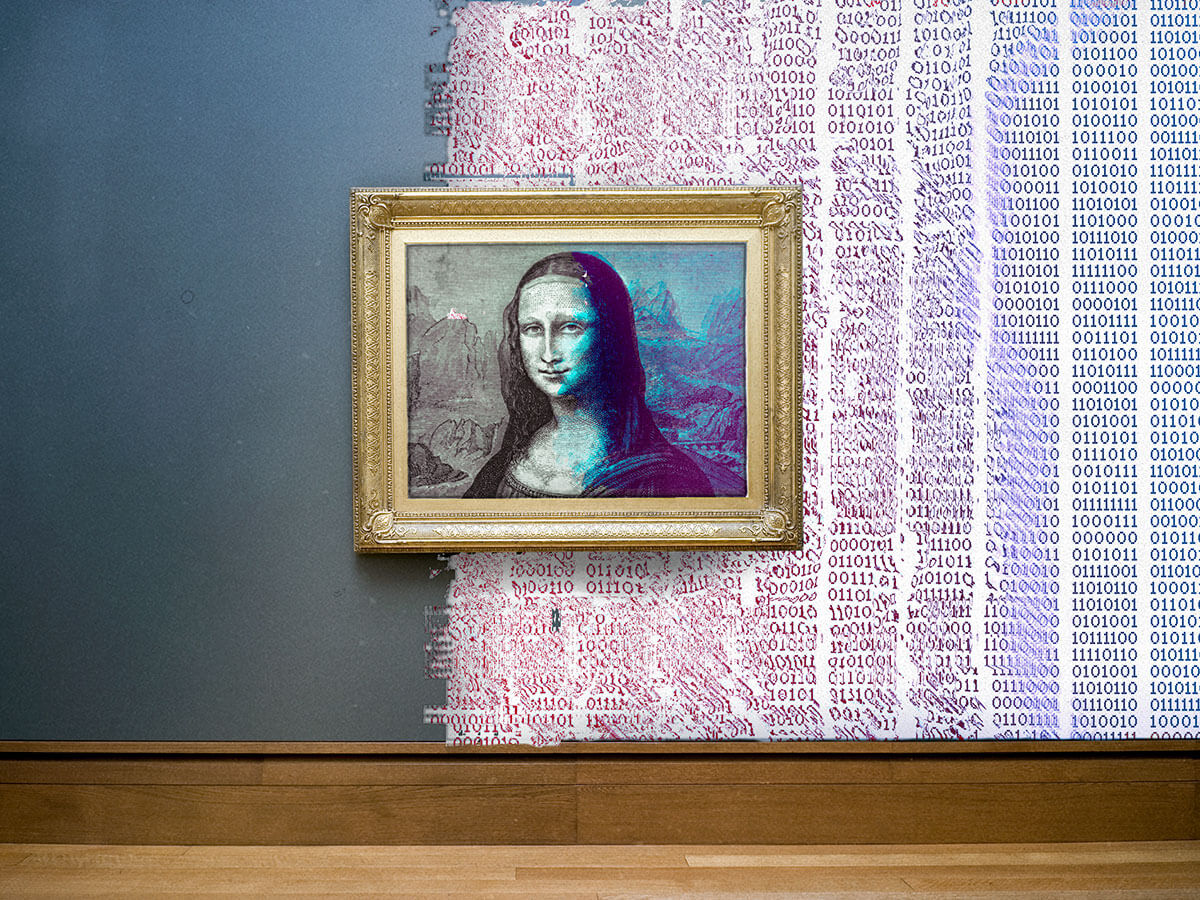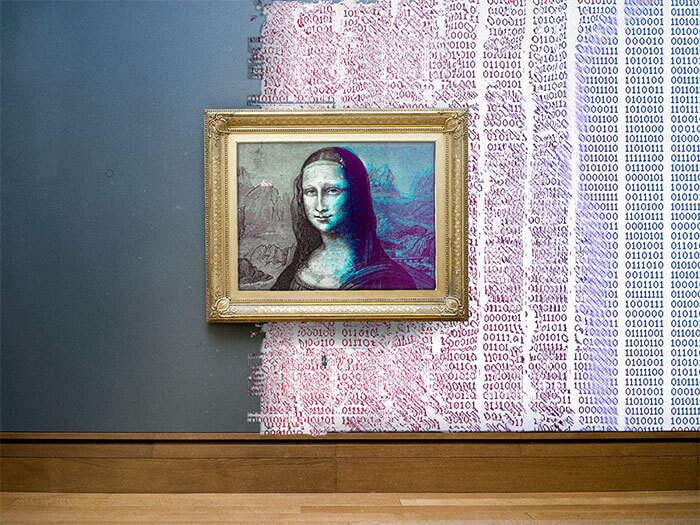
So what is an NFT and what can you do with one?
 NFTs provide a secure means of protecting and asserting ownership over a digital asset (Getty Images)
NFTs provide a secure means of protecting and asserting ownership over a digital asset (Getty Images)
Non-fungible tokens (NFTs) have recently taken the crypto-asset world by storm. Where the internet was at first difficult to monetize in its original inception, this digitized valuable has carried monetization to the opposite extreme, while making it a collectible.
Huge sale prices reflect the uniqueness of the expanding product marketplace, where digital assets can be bought and sold just like physical collectibles. Headline-grabbing NFT sales include the first tweet from Twitter’s CEO Jack Dorsey selling for more than $2.9 million and an NFT video highlight of Lebron James netting $200,000 on the NBA digital trading card platform Top Shot.
But what exactly does this all mean?
WHAT IS AN NFT?
NFTs are tokens that represent ownership of any asset and are bought and sold on the blockchain on which they are minted.
When you own a valuable item such as a car or a piece of art, there is often some type of proof, says Andreas Park, associate professor of finance at the University of Toronto. In the case of a car, this would be your vehicle ownership document. NFTs are no different—except for the form this proof of ownership takes and where it is located.
“[An NFT is] a digital ownership certificate agreement,” he says. “It’s literally just an entry in the blockchain, which is unique.”
NFTs can represent any intangible item, such as a video, a digital collectible, a piece of music, a video game skin (an add-on that customizes the appearance of a gaming character) and more. “NFTs are exactly the same as physical objects,” says Aws Al-Hasani, fintech consultant and co-founder of Auxiun, an in-game transactions company based in Montreal. “But one you can hold in your hand, the other one is virtual.”
Hrish Lotlikar, co-founder and owner of Superworld, an augmented reality company, has a similar explanation. “While these products may not be real in the way we traditionally consider reality, or physical reality, they are very real in that people spend money to own them,” he says.
NON-FUNGIBLE VS. FUNGIBLE
At the heart of an NFT is the notion of fungible versus non-fungible. A fungible item has the same value as another item: it can be exchanged because the value is equal. For example, Bitcoins are fungible because one Bitcoin is exchangeable for another Bitcoin.
Non-fungible items, on the other hand, are not interchangeable with other items because they have unique properties. “Non-fungible means they’re unique, like [original] pieces of art, that cannot be duplicated,” says Al-Hasani.
HOW DOES IT WORK?
Each NFT comes with its own unique contract, the terms of which are often stipulated by the content creator. If the creator retains the rights to the NFT, they can receive royalties each time the NFT changes ownership. Or, in the case of Dorsey’s first tweet, he signed and verified the NFT, like a virtual autograph forever imprinting the digital asset with a mark of his identity. And, in so doing, he likely increased its value.
“Everything comes back to: what are the rights of the NFT? What are they capable of doing?” says Al-Hasani.
Recently, the first virtual house, created by Krista Kim, a Canadian digital artist, was sold as an NFT on the digital art marketplace SuperRare for 288 Ether, or about $650,000. In this case, Kim retained the rights to her digital house, which was included in the NFT contract and exists on the blockchain.
Because NFTs exist on a public ledger (as all crypto-assets do), the product’s ownership history is of public record, Al-Hasani says. While the traditional art market and even the internet are fraught with fraudulent duplicates, counterfeiting is literally impossible with NFTs. “You cannot duplicate an NFT,” says Al-Hasani. The verification on the blockchain has made identifying an original from a duplicate possible. While counterfeit copies of an item can be made, just as can be done in the art world, the verified original will exist—and the NFT’s owner will be aware of the true status.
CPA Malik Datardina, senior manager, audit innovation at Deloitte Canada and volunteer with CPA Canada’s Information Management and Technology Advisory Committee, sees the lack of a reliable middleperson who can differentiate the original from counterfeit items as a potential concern.
“Just like any kind of art market, there has to be some kind of trusted intermediary that you’re dealing with,” he says. Right now, there isn’t one.
Essentially, NFTs hold the same appeal as trading baseball cards or comic books, adds Datardina—it’s seen as a collector’s item. The decentralized market (as is for all cryptocurrencies) creates an additional element to consider. “It’s different than regulating the stock market, for example, because you’re not regulating companies,” he says. “There’s no business model here, you’re trading a pure asset.” And just like there is no regulation in the comic book world, the same holds true for NFTs.
WHY THE INTEREST?
Ultimately, the draw of NFTs has to do with what Al-Hasani calls “the psychology of ownership.” People like to know they own something.
Then, there is a sense of ego, too. Just as people enjoy owning nice cars and pieces of art, some are now making these purchases, but in the digital space. Instead of having Zoom meetings in the future, he says, for some heavily invested in virtual worlds these meetings can take place in virtual spaces.
“Imagine, you come over to my digital world and you get to see all my digital pieces of art—that would that create a sense of appeal,” says Al-Hasani.
With our lives becoming more and more intertwined with the digital world—or the metaverse, as Al-Hasani calls it—experts agree that NFT sales will become increasingly commonplace. “The beauty is that a lot of this is evolving,” says Lotlikar. “It’s going to be exciting to watch the landscape grow and continue to evolve.”
FIND OUT MORE
Dive deeper into the world of blockchain and crypto-assets and learn how it will affect CPAs and their future roles. And, whatever you do, do not lose the key to your digital wallet.